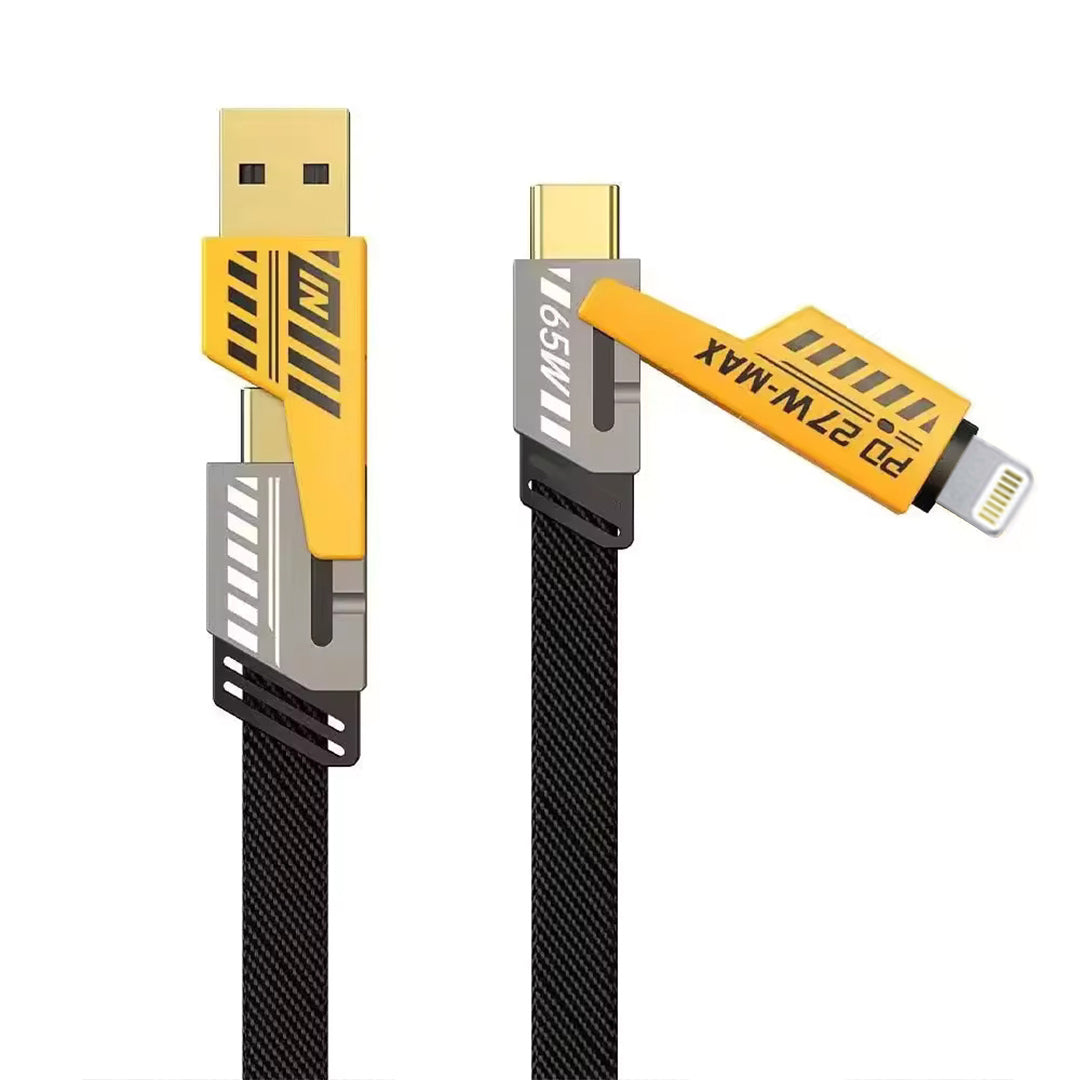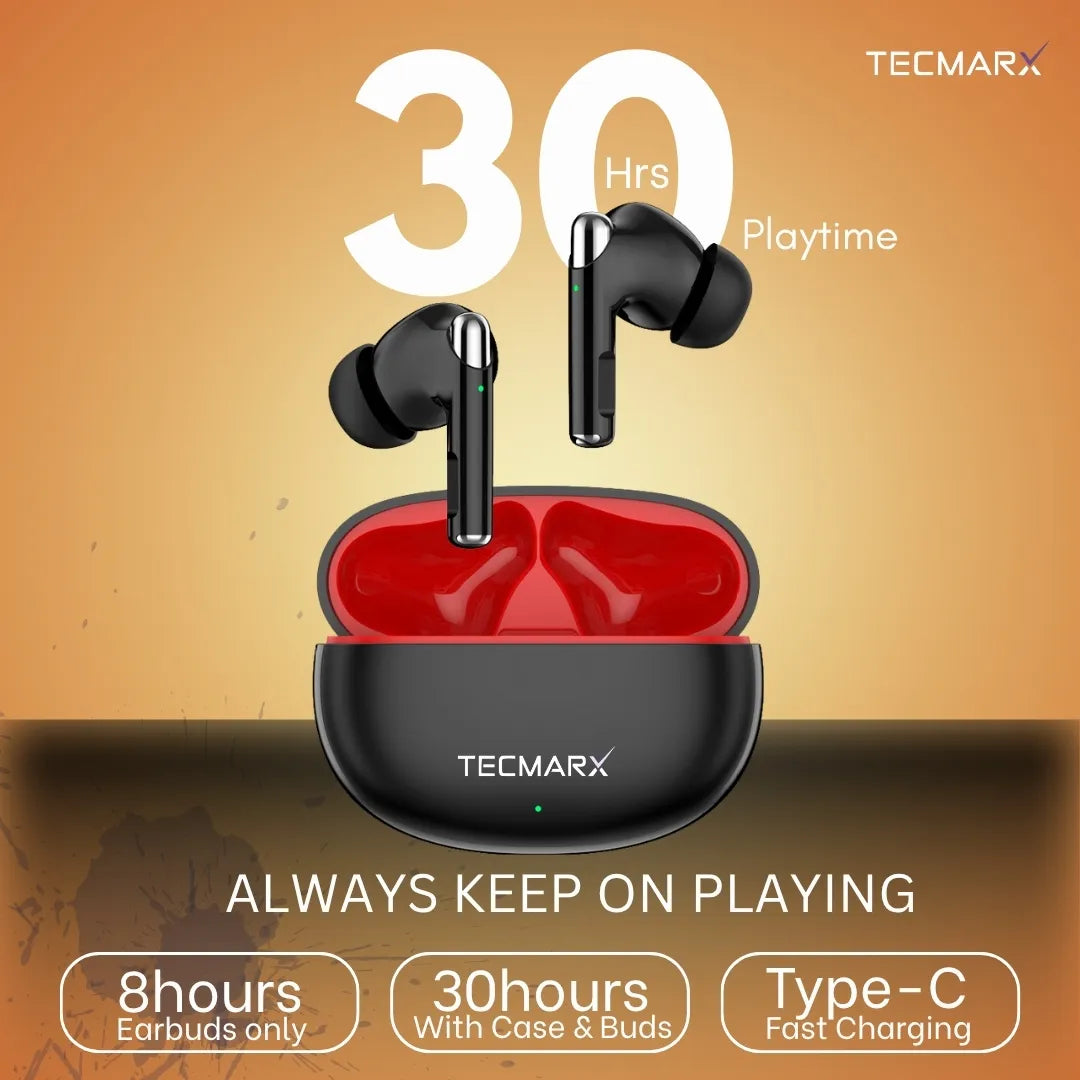In the age of smartphones and digital devices, conserving energy and being mindful of electricity consumption has become increasingly important. Many people wonder whether chargers continue to use electricity when plugged in, even if a phone or other device is not charging. To answer this question, we need to explore the inner workings of chargers and how they interact with the electrical grid.
- Standby Power Consumption: Chargers, especially those for mobile devices, are designed to be plugged into electrical outlets continuously. They are engineered this way for users' convenience so they may charge their devices whenever needed without having to plug and unplug the charger repeatedly. However, even when the charger does not connect to your phone, a small amount of electricity still flows through the charger, a phenomenon known as standby power consumption or vampire power.
- Why Does Standby Power Consumption Occur? Standby power consumption occurs because chargers are, in essence, transformers. They contain electronic components that convert the alternating current (AC) from your fence outlet into the direct current (DC) needed to charge your phone. This transformation involves energy loss due to the electrical components' inherent resistance. As a result, even when your phone is not connected, the charger continues to draw a minimal amount of electricity to keep its internal circuitry active.
- Energy Usage in Standby Mode: The amount of electricity a charger uses in standby mode is proportion small compared to the energy consumed when actively charging a device. It typically ranges from 0.1 to 0.5 watts for most smartphone chargers. Leaving a charger plugged in when unused for an entire year would consume roughly the same energy as running a 100-watt incandescent light bulb for a few minutes.
- Environmental Impact: While the standby power consumption of a single charger may seem insignificant, it becomes more substantial when multiplied by the number of chargers in use worldwide. The collective energy waste from chargers left plugged in adds up, contributing to increased electricity consumption and greenhouse gas emissions. As such, reducing standby power consumption is essential to minimizing our carbon footprint and conserving energy.
- Ways to Reduce Standby Power Consumption: To minimize the electricity used by chargers when not in use, consider the following practices:
- Unplug the charger from the wall when it's not in use.
- Use smart plugs or power strips with built-in switches to turn off multiple chargers simultaneously.
- Invest in chargers with energy-efficient designs that reduce standby power consumption.
- Consider chargers that meet international energy efficiency standards, such as ENERGY STAR certification.
- Charger Efficiency: Not all chargers have equal energy efficiency. Some manufacturers have taken steps to design chargers that are more environmentally friendly. These chargers often include automatic shutoff when the charger is disconnected or fully charged, which helps reduce standby power consumption.
- Smartphone's Role: Chargers consume a small amount of electricity in standby mode, but your smartphone also plays a role in this equation. When you unplug your phone from the charger, it stops drawing power from it, and it goes into standby mode. Therefore, it's essential to disconnect your phone once it's fully charged to minimize energy waste.
- Conclusion: In summary, chargers use a small amount of electricity when plugged in, even if your phone or other device is not charging. This phenomenon is known as standby power consumption, resulting from the charger's internal circuitry. While the energy used in standby mode is relatively low for individual chargers, the cumulative impact of millions of chargers worldwide can be significant. To reduce energy waste and minimize your environmental footprint, consider unplugging chargers when they're not in use or invest in energy-efficient charger designs. By taking these steps, you can play a part in conserving energy and reducing electricity consumption in your home and beyond.













